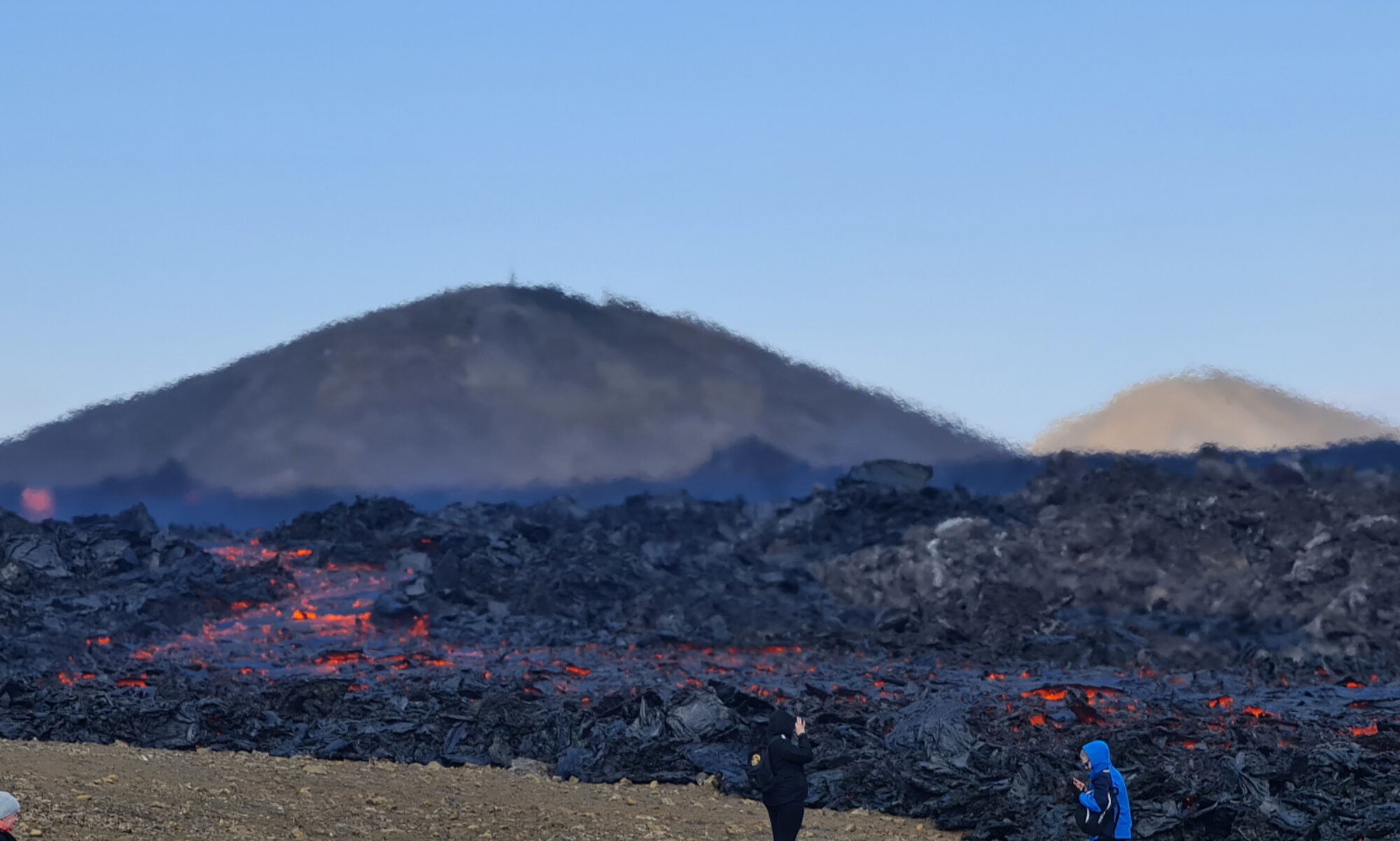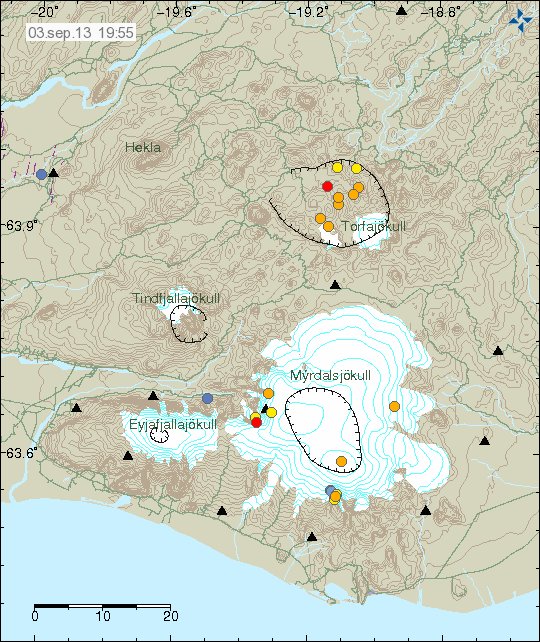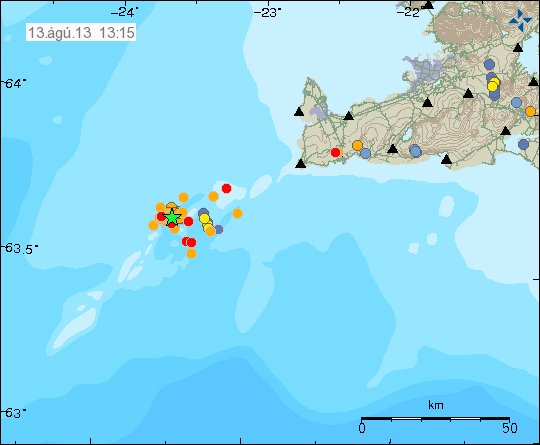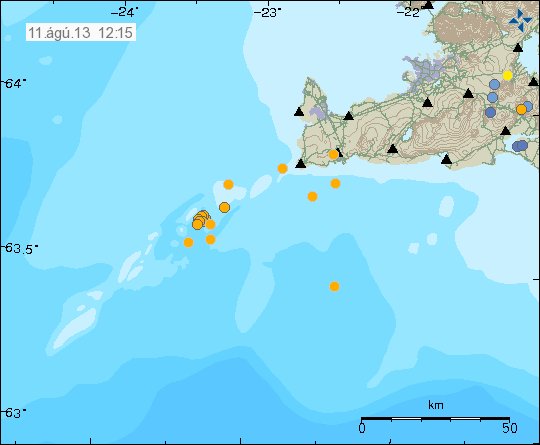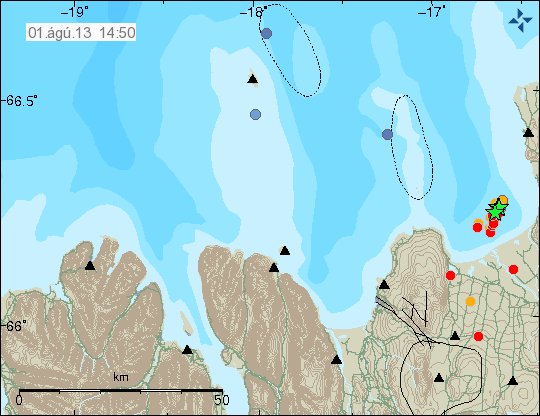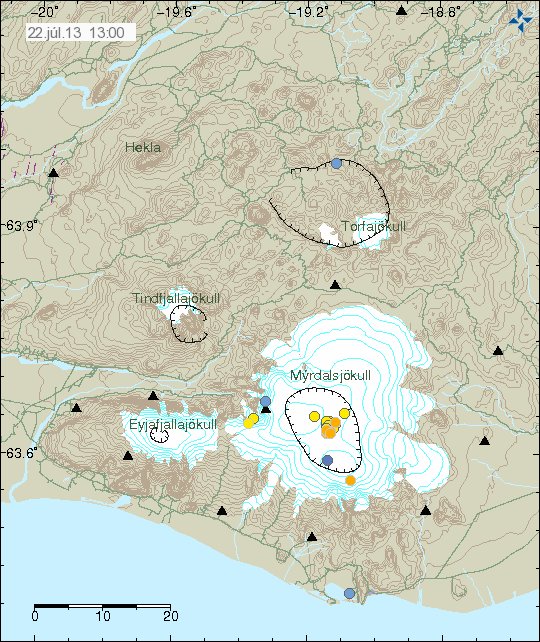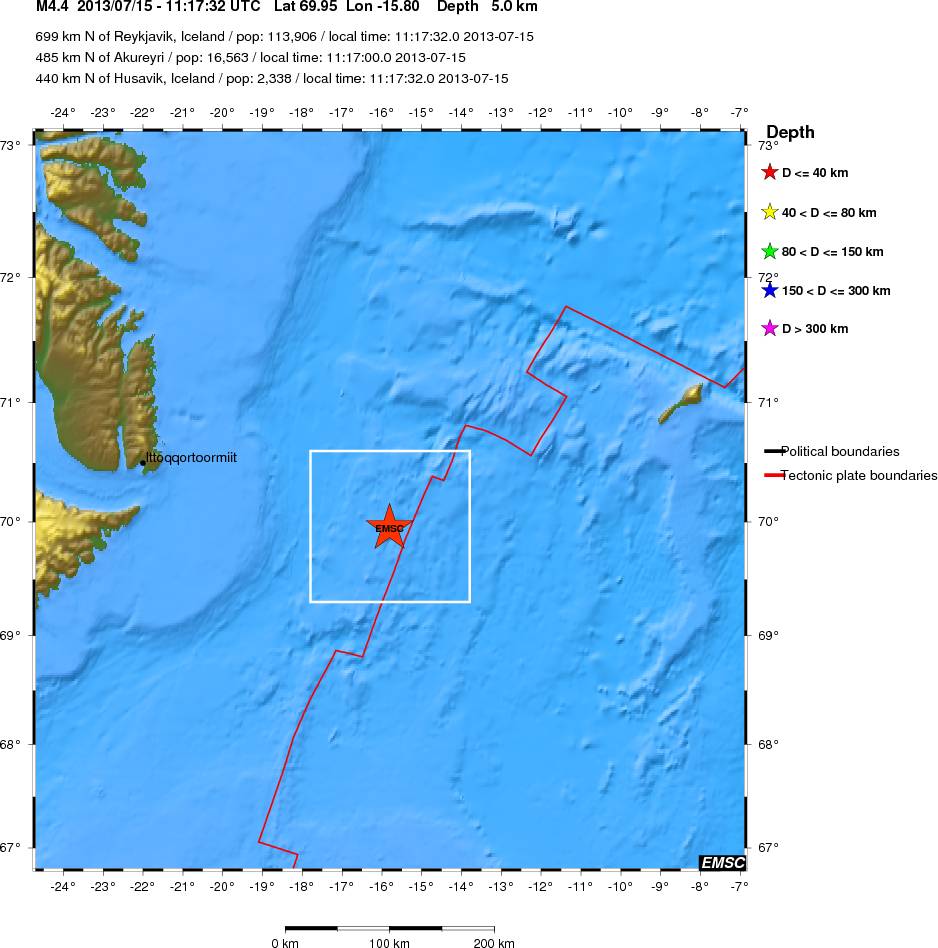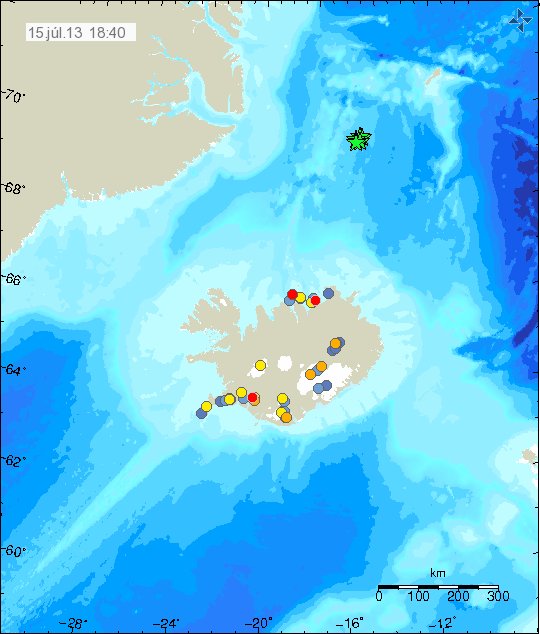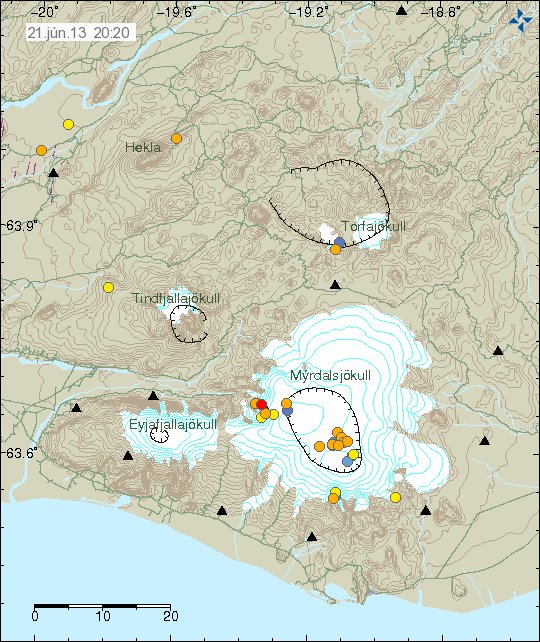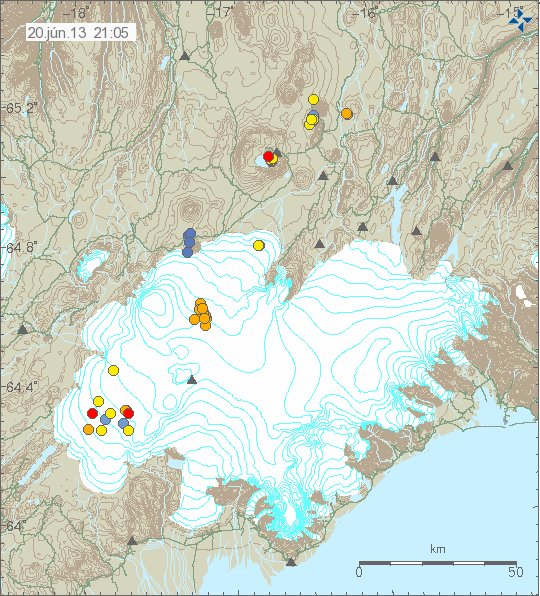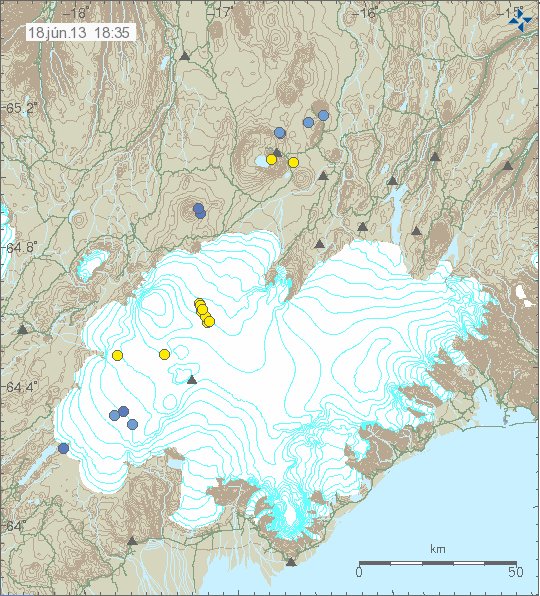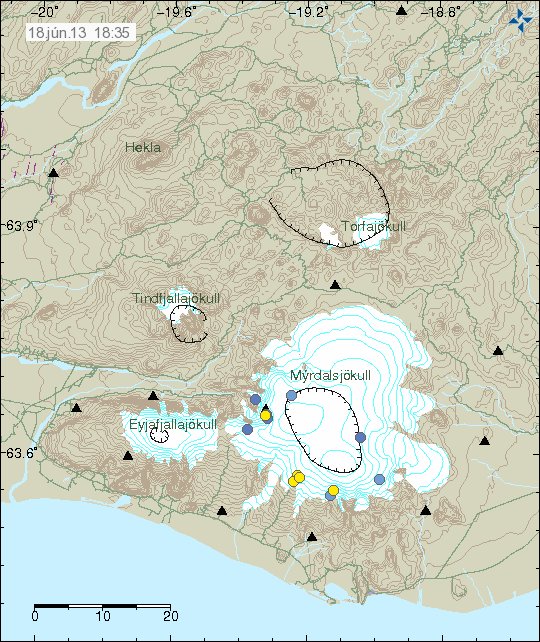Today (05-September-2013) an minor earthquake swarm took place in Esjufjöll volcano. Largest earthquake in this swarm had the magnitude of 2.2 and the depth of 4.9 km.
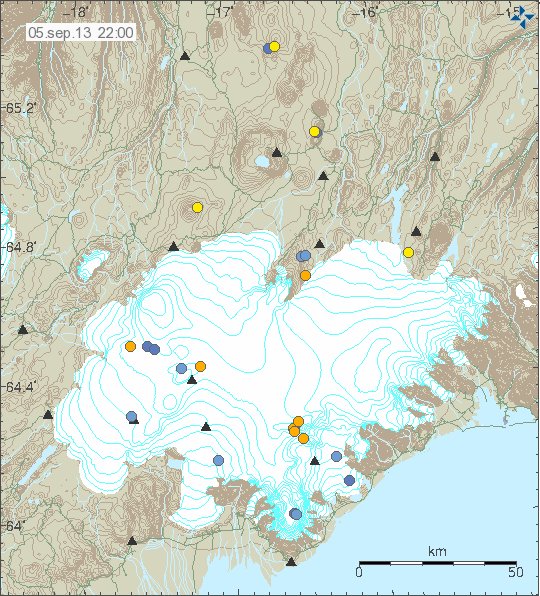
Earthquake swarm in Esjufjöll volcano. Esjufjöll volcano are located in south part of Vatnajökull glacier, just northeast of Öræfajökull volcano. Copyright of this image belongs to Icelandic Meteorological Office.
Earthquakes in this area are because of magma movement it is believed. Now there are more SIL stations in the area, so more earthquakes are being recorded. Few years ago the lowest magnitude that Icelandic Meteorological Office was able to detect in Esjufjöll volcano was magnitude 1.5 and above.
